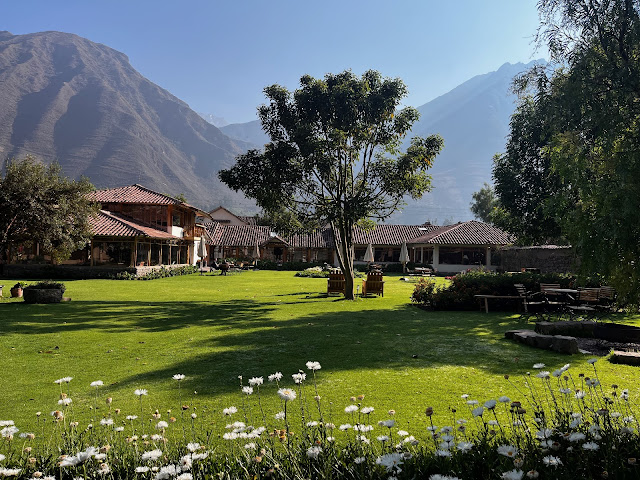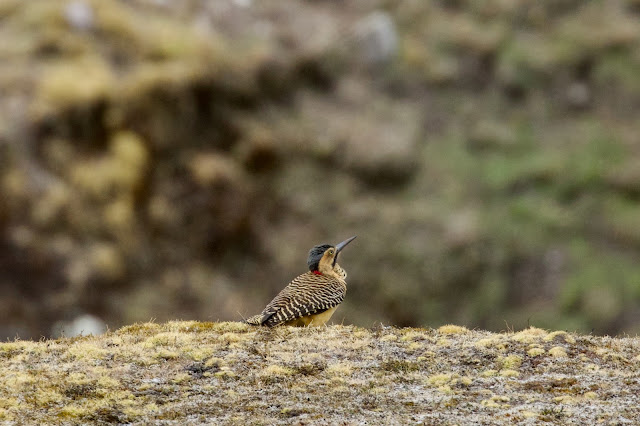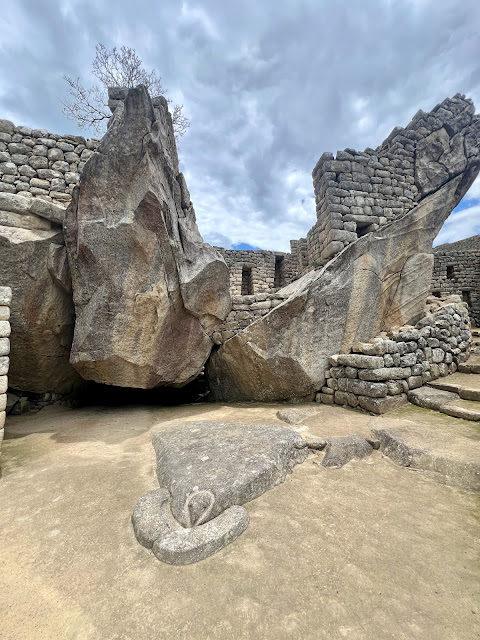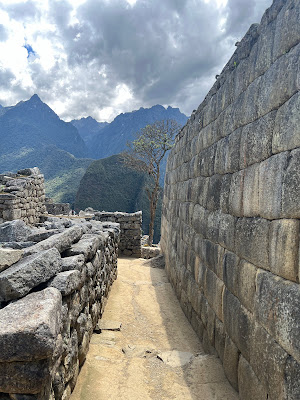Inspired by Mark Adams' book "Turn Right at Machu Picchu," we embarked on an adventure trip to Peru. From exploring ancient ruins and trekking in the Andes to visiting the Sacred Valley, bird watching, and experiencing the vibrant culture, Peru offers a wealth of adventures.
After deciding to explore Machu Picchu and indulge in bird watching, our next task was to find a bird guide who could also show us the cultural sites. Our search led us to Habitats Peru Travel (https://habitatsperu.com/) Doris Valencia, one of the owners. With years of experience, Doris is one of the best bird guides in Peru. She designed and set up our entire trip, tailoring it to our interests.
Join us as we navigate diverse terrains, meet incredible locals, find amazing birds, and uncover the hidden gems that make Peru an unforgettable destination.
Leaving Lima
On to Cusco and the Sacred Valley
After a full day of birding on the coast south of Lima, we flew to Cusco. We didn't stay long in Cusco (3400m or 11,152ft) but went straight to the beautiful village of Yucay (2857m or 9380ft). We checked into La Casona de Yucay in the Sacred Valley.
Doris sent us a "coupon book" of sights to visit in the Sacred Valley. Our first stop was the incredible Mara Salt Mines. This ancient salt mine is a fascinating sight, with thousands of terraced salt pools in use since pre-Inca times. The Salinas date to 700 AD, and the 3000 pools are owned by individual families. The salinera's salt has become a culinary sensation. Moray: These circular depressions were terraced to imitate different climates and temperatures so the Incas could experiment with other crops at various altitudes.
Ollantaytambo: An ancient Inca town has impressive ruins, including a massive temple and terraces that showcase the Inca's architectural prowess. Lares Trek: We chose the Lares Trek because it was shown to be less crowded. This three-day trek reached a maximum elevation of 4,800 meters (15,777 feet) at its highest pass. The trail winds through stunning mountain scenery, beautiful lagoons, and ancient archaeological sites. Unfortunately, we were socked in with clouds and rain on the way to the pass, missing much of the scenery.
A young girl carries two baby sheep.
A woman is weaving while watching sheep in the middle of her pasture.
Queen of the Andes (Puya raimondii) is an endemic plant in the Andes. It has a flower that hummingbirds cannot resist.
Andean Flicker
Mountain Caracara
Alpacas with short stubby facesAt the start of the hike, the weather was good.Pack llamas travel in the fog.
We were at the top and the visibility was almost nil - 4800m or 15,777ft.
Last campsite
We chose the Lares Trek because it was shown to be less crowded. This three-day trek reached a maximum elevation of 4,800 meters (15,777 feet) at its highest pass. The trail winds through stunning mountain scenery, beautiful lagoons, and ancient archaeological sites. Unfortunately, we were socked in with clouds and rain on the way to the pass, missing much of the gorgeous scenery.
Back in Yucay, we decided to rest and explore a bit more. This time, we walked through the ancient Inca terraces that sit above Yucay, marveling at the impressive agricultural engineering and breathtaking views from the mirador on top of the hill.
Then we visited the colorful Mercado de Urubamba.
Freeze-dried potatoes can be kept for years.
There are at least 10 types of potatoes in the photo below.
Lunch in Yucay was very memorable, it was a Japanese twist on ceviche using trout - it was amazing!
Off to Ollantaytambo to catch the train and hike the Inca train to Machu Picchu.
The tale of a Mayan king's son and a poor girl who fall in love was brought to life by the train personnel.
The train stops once for hikers to disembark and hike part of the Inca Trail.
A couple of Torrent Ducks also had a love display for a young female.
We continued our journey, walking along the path toward Winay Wayna and onward to Machu Picchu. The hike to the Sun Gate (Inti Punku) took us about 6.5 hours, and we traversed many different landscapes, from arid to humid. Winay Wayna is an impressive Inca ruin along the way. You can look into the distance at the bare area on the side of the mountain—that's Winay Wayna. Below is the river.
Climb the stairs through Winay Wayna and then Turn Right toward Machu Picchu.

Before the Sun Gate, there is one more steep climb, the "Monkey Stairs". The name is given because they are so steep that some use their hands and feet to climb up.At last, the beautiful Sun Gate (Inti Punku) and Machu Picchu ruins are ringed by mountains.Temple of the SunTemple of the CondorMachu Picchu architecture

Despite the cloudy weather that had accompanied us, the anticipation of reaching one of the most iconic sites in the world made it worthwhile. It was amazing to finally be there. Yes, there are quite a few other people, but it’s been regulated well. Visitors now have specific time slots and designated zones they can walk around in, which seems the best solution to handle the huge number of tourists each year.
I would have loved to visit many years ago, before the crowds, but there were other places to see, and I’m happy to have experienced it nonetheless.



.jpeg)













.jpeg)






.jpeg)



















Comments
Post a Comment